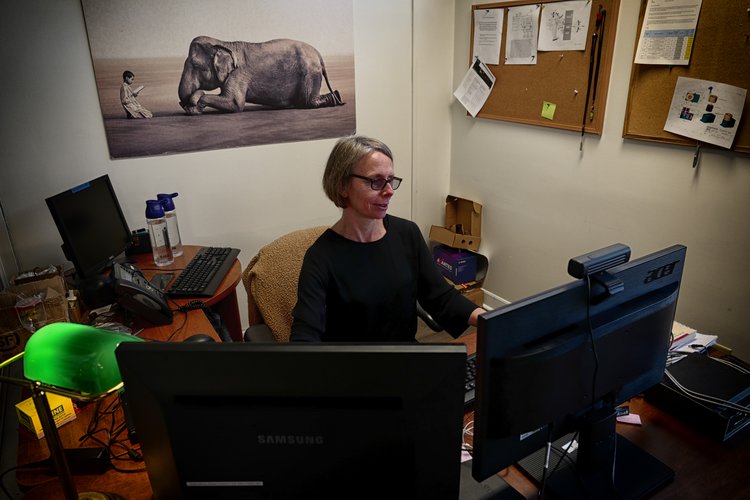Indicators on Circular Dichroism You Need To Know
Indicators on Circular Dichroism You Need To Know
Blog Article
The Only Guide to Uv/vis
Table of ContentsThe Best Guide To Uv/vis/nirAn Unbiased View of SpectrophotometersSome Known Incorrect Statements About Circular Dichroism How Circular Dichroism can Save You Time, Stress, and Money.The 5-Minute Rule for Uv/vis

Spectrophotometry is a tool that hinges on the quantitative analysis of particles depending on how much light is taken in by colored compounds.
The Basic Principles Of Spectrophotometers
A spectrophotometer is frequently used for the measurement of transmittance or reflectance of services, transparent or nontransparent solids, such as polished glass, or gases. Many biochemicals are colored, as in, they soak up noticeable light and for that reason can be determined by colorimetric treatments, even colorless biochemicals can typically be converted to colored compounds ideal for chromogenic color-forming reactions to yield compounds suitable for colorimetric analysis.: 65 However, they can likewise be created to determine the diffusivity on any of the noted light ranges that typically cover around 2002500 nm utilizing various controls and calibrations.
An example of an experiment in which spectrophotometry is utilized is the decision of the stability constant of an option. A specific chemical response within a solution may take place in a forward and reverse direction, where reactants form items and items break down into reactants. Eventually, this chemical reaction will reach a point of balance called a stability point.
The 10-Minute Rule for Circular Dichroism
The quantity of light that passes through the solution is indicative of the concentration of certain chemicals that do not permit light to travel through. The absorption of light is due to the interaction of light with the electronic and vibrational modes of molecules. Each type of particle has a specific set of energy levels connected with the makeup of its chemical bonds and nuclei and thus will soak up light of specific wavelengths, or energies, leading to unique spectral properties.
The usage of spectrophotometers spans different scientific fields, such as physics, materials science, chemistry, biochemistry. circularly polarized luminescence, chemical engineering, and molecular biology. They are widely utilized in numerous markets including semiconductors, laser and optical manufacturing, printing and forensic examination, along with in labs for the study of chemical compounds. Spectrophotometry is frequently utilized in measurements of enzyme activities, determinations of protein concentrations, decisions of enzymatic kinetic constants, and measurements i was reading this of ligand binding reactions.: 65 Ultimately, a spectrophotometer is able to identify, depending on the control or calibration, what compounds are present in a target and precisely just how much through calculations of observed wavelengths.
This would come as a solution to the previously developed spectrophotometers which were unable to soak up the ultraviolet properly.
How Circular Dichroism can Save You Time, Stress, and Money.
It would be found that this did not provide satisfactory outcomes, for that reason in Design B, there was a shift from a glass to a quartz prism which enabled better absorbance results - spectrophotometers (https://www.giantbomb.com/profile/olisclarity1/). From there, Design C was born with an adjustment to the wavelength resolution which wound up having three units of it produced
It irradiates the sample with polychromatic light which the sample takes in depending on its properties. It is transmitted back by grating the photodiode selection which identifies the wavelength region of the spectrum. Ever since, the development and implementation of spectrophotometry gadgets has increased immensely and has actually turned into one of the most ingenious instruments of our time.

Things about Circularly Polarized Luminescence
The grating can either be movable or repaired.
In such systems, the grating is fixed and the intensity of each wavelength of light is determined by a different detector in the array. When making transmission measurements, the spectrophotometer quantitatively compares the portion of light that passes through a referral option and a test option, then digitally compares the intensities of the two signals and calculates the portion of transmission of the sample compared to the recommendation standard.

Report this page